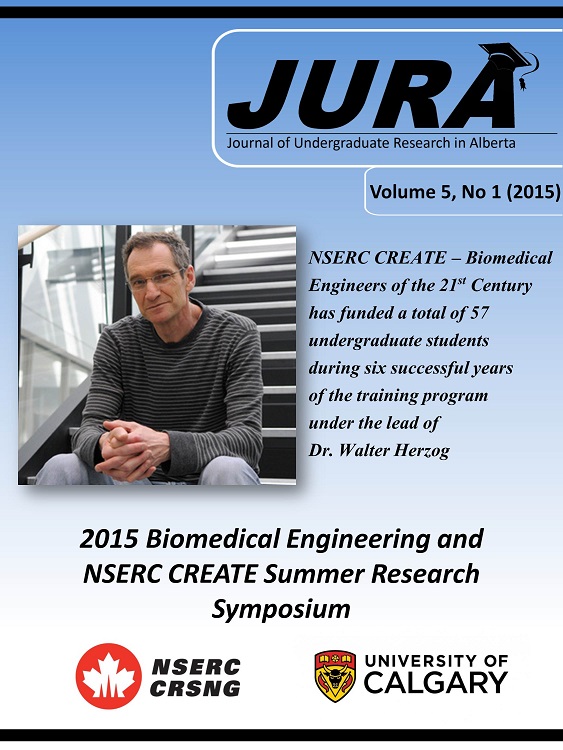OPTIMIZING MUSCULOSKELETAL PROPERTIES OF SPRINTERS
Keywords:
Sprint Starts, Optimization, Joint MomentsAbstract
INTRODUCTION
In sprinting events, a strong start is a major component of high-level performance. Coaches and sprinters have personal preferences on starting position and subsequent lower extremity joint angles, however there is little research on optimal start position. As the hip extensors are a key contributor to sprint performance [1], the purpose of this study was to determine the effects of altering the joint moment about the hip by manipulating hip and knee angles on block start performance.
METHODS
Four male sprinters (mean 100 m time 11.30 s ± 0.55 s) were recruited for this study. First, athletes performed maximal effort isometric hip extensions on a Biodex dynamometer. Hip extensor strength was tested at 90-140° of hip flexion for the front hip and 70-130° of hip flexion for the rear hip (10° increments for both). Due to biarticular muscles crossing both the hip and knee joint, the knee angle was also accounted for. Each set of hip extensor strength tests were performed at three knee angles per leg (tested in three sessions): (i) the self-selected knee angle, and the self-selected knee angle plus 10° of knee (ii) flexion and (iii) extension. Optimal joint angles were determined based on assessing the hip joint moment as a function of hip and knee angle. Participants then performed sprint starts in four positions: (i) a self-selected (control) position, (ii) a position in which only the front leg hip and knee angles were adjusted based on strength test data, (iii) a position in which only the rear leg angles were adjusted, and (iv) a position in which angles for both legs were adjusted. Five sprint starts were performed for each position. Sprint blocks were cut in half and secured to two force plates embedded in the floor to measure forces separately for each leg (2400 Hz). Kinematic data was collected using a 3D motion capture system (240 Hz). The main outcome variable for assessing performance was the total horizontal propulsive impulse, computed using Kintrak. As this was a pilot study with four subjects, no statistical analysis was performed.
RESULTS
Three of four athletes increased their horizontal propulsive impulse by 3.9% (9 Ns) on average compared to the control position when optimizing the front leg angles. Two of these 3 athletes also increased performance (to a lesser extent) when the angles of both legs were optimized. All athletes decreased performance when only the rear leg angle was optimized.
DISCUSSION AND CONCLUSIONS
Optimizing the hip and knee angles of the front leg in the starting blocks resulted in improved performance in three of the four athletes tested, while optimizing the rear leg resulted in a decrease in performance for all athletes. Previous research has shown that the front leg contributes a greater impulse during the sprint start than the rear leg [2]. As a result, we speculate that the increase in impulse from optimizing the rear leg did not compensate for the impulse lost as a result of changing the front leg. A distinguishing factor of the athlete that did not have an increased impulse when the front leg position was optimized was that he generated a much greater impulse from his rear leg when in the self-selected position. This decrease in horizontal propulsive impulse from the rear leg caused the athletes net horizontal propulsive impulse to decrease. The results of this study suggest that optimizing the sprint block positons to maximize hip extension torque based on the front leg hip torque-angle relationship is a feasible way to improve sprint start performance. Future research could assess other performance measures such as sprint times, or investigate the effect of optimizing other joint angles.
Downloads
References
2. Harland & Steele. Sports Med. 23:11-20, 1997.
Downloads
Published
Issue
Section
License
Authors retain all rights to their research work. Articles may be submitted to and accepted in other journals subsequent to publishing in JURA. Our only condition is that articles cannot be used in another undergraduate journal. Authors must be aware, however, that professional journals may refuse articles submitted or accepted elsewhere—JURA included.


